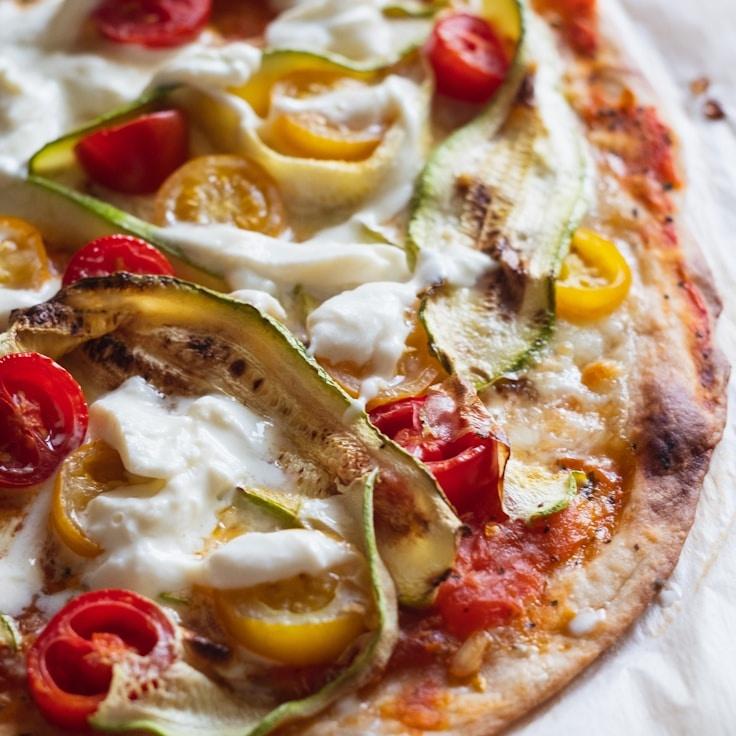At HarborOriginVoyage, our philosophy is that top-notch pizza begins with top-notch dough. Having spent over thirty years refining our recipe, we're thrilled to divulge some insider tips to assist you in achieving pizzeria-caliber pizza dough in your own kitchen. Although we keep our precise mixture under wraps (certain traditions are meant to be preserved!), these fundamental concepts can elevate your home pizza dough.
Choosing the Right Flour
The key to excellent pizza dough lies in selecting premium flour. 00 flour is our recommendation—a fine Italian flour with a moderate protein level, approximately 12%, which achieves an ideal balance between dough strength and softness. Should 00 flour be unavailable, using bread flour is a suitable alternative, despite it yielding a somewhat different texture.
Optimizing Water Temperature and Dough Hydration
The water temperature is crucial and alters fermentation duration and dough maturation. Cold water at about 45°F (7°C) will slow fermentation, enhancing flavor, while warmer water at 85°F (29°C) will speed it up. Aim for a hydration ratio (water to flour) of 60-70% to match the capabilities of typical home ovens.
Yeast: Less is More, Time is Key
A crucial secret to a robust dough flavor is minimal yeast use paired with extended fermentation. With only 0.2% fresh yeast compared to our flour, we let the dough ferment for 24-48 hours. This gradual method enriches the dough's taste and improves digestibility.
Salt’s Role Goes Beyond Taste
Salt not only seasons the dough but also fortifies the gluten framework and moderates fermentation. For best results, incorporate fine sea salt at a rate of 2.5-3% of your flour content, integrating it once the flour and water begin to merge, thereby avoiding immediate contact with the yeast.
The Craft of Fermentation
Post-mixing, let your dough undergo bulk fermentation at room temperature for a couple of hours, then segregate it into individual portions. Encase these in lidded containers and refrigerate for 24-72 hours. It's during this cool fermentation that the real transformation unfolds, with enzymes converting starches into sugars, which not only enhances taste but also lends to the crust's appetizing browning.
Gentle Dough Handling
When ready to bake, unchill the dough roughly 1-2 hours prior to oven time. Be delicate with the dough to maintain the internal gas pockets. Use your fingertips to spread and shape the dough, avoiding the use of a rolling pin which could deflate those vital air pockets.
Heat: The Final Ingredient
Our wood-fired ovens achieve a blazing 850°F (454°C), but most residential ovens have a limit of around 550°F (288°C). To make up for this, we suggest utilizing a preheated pizza stone or steel for at least one hour for that intense bottom heat necessary for a crunchy crust and billowy interior.
The path to perfecting pizza dough is a continual learning experience. Each dough preparation offers new insights. Keep track of your modifications, tweak variables and find the ideal method for your kitchen setting.
To witness our dough preparation firsthand, sign up for one of the monthly pizza making classes where Chef Luca will showcase these techniques with greater detail. Have a look at our event schedule for the forthcoming sessions!

